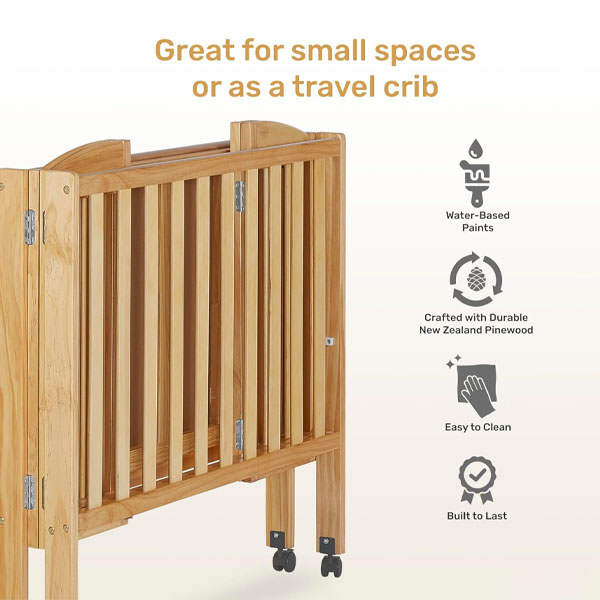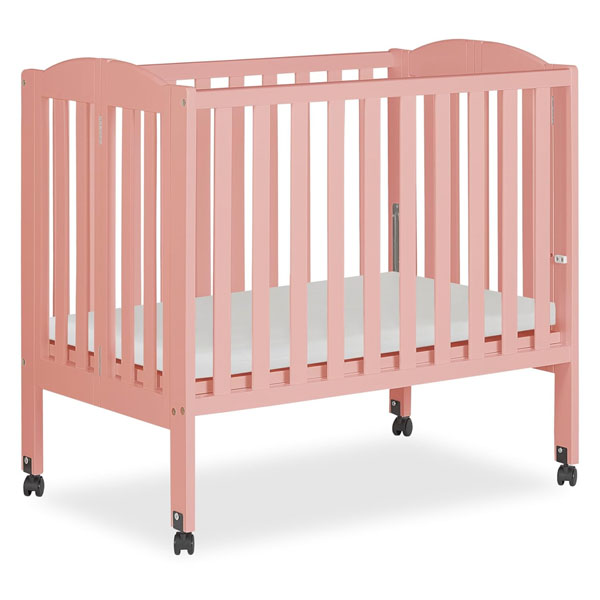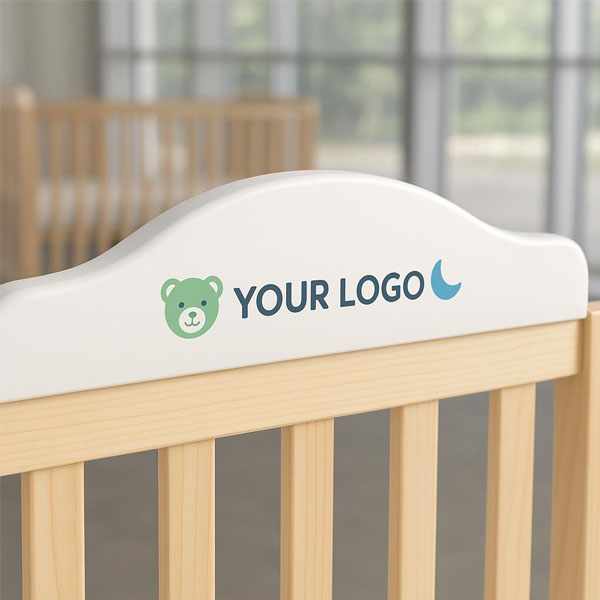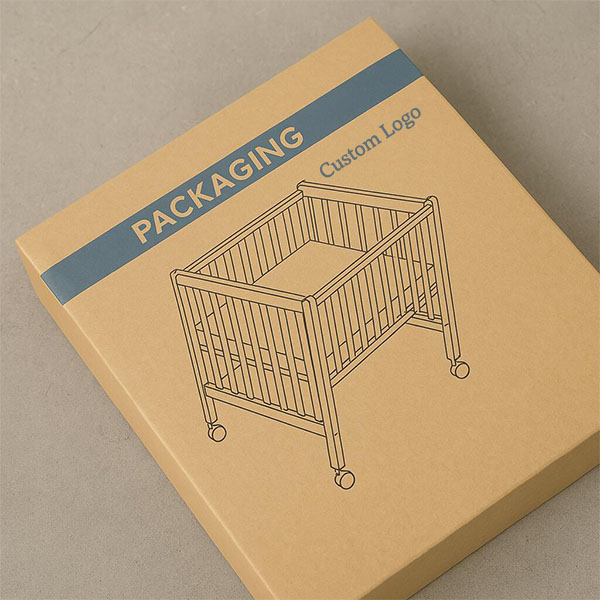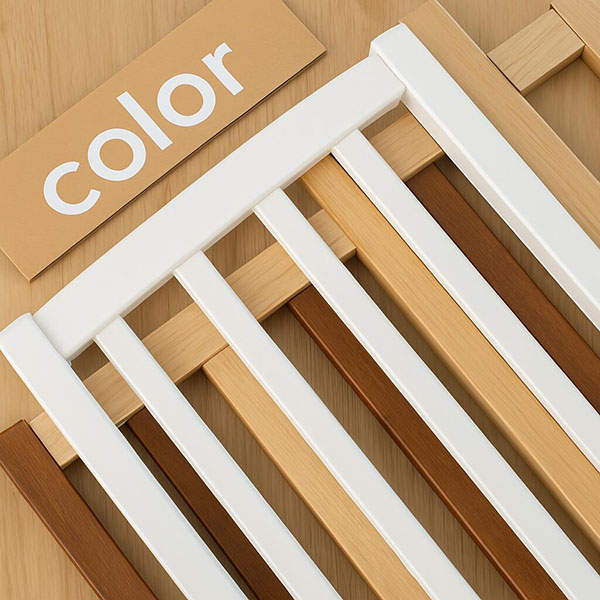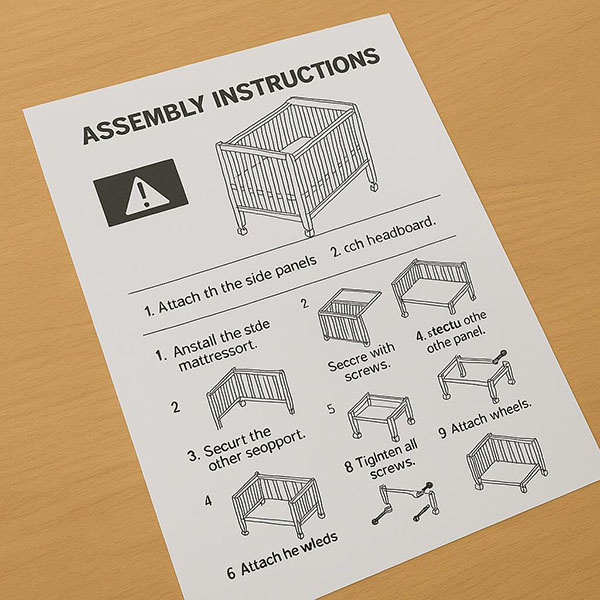What Is a Convertible Crib?
Buying a crib can be a big decision—but what if one crib could last for years, from baby to toddler to big kid?
A convertible crib is a baby crib designed to transform into different bed types, such as a toddler bed, daybed, or full-size bed, extending its use beyond infancy.

If you’re building a nursery or planning ahead, a convertible crib could save space, money, and stress over time. Let’s break down exactly what it is, how it works, and whether it’s right for your growing child.
How does a convertible crib work?
One crib, multiple stages—just add or remove parts as your child grows.
Convertible cribs are designed with removable sides or attachable rails, allowing them to change from a crib into toddler, daybed, or full-size bed setups.
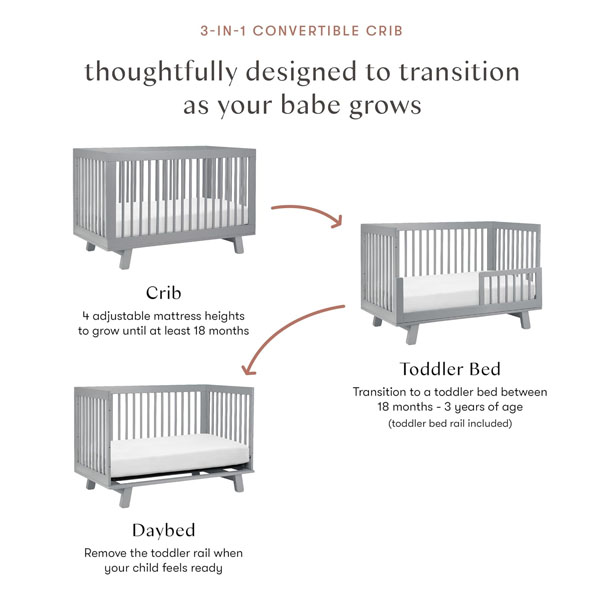
Conversion stages
Convertible cribs typically follow 2, 3, or 4-stage models:
| Conversion Type | Stages Included |
|---|---|
| 2-in-1 | Crib → Toddler bed |
| 3-in-1 | Crib → Toddler bed → Daybed |
| 4-in-1 | Crib → Toddler bed → Daybed → Full-size bed |
When my child started climbing out of the crib, we converted it into a toddler bed using the same frame. It felt familiar to him and saved us buying another piece of furniture.
What’s included?
Most cribs come with just the crib frame. Extra pieces like toddler bed rails or full-size bed conversion kits may be sold separately. Always check the manufacturer’s details.
What are the pros of a convertible crib?
More years of use from one purchase—that’s the main draw.
Convertible cribs are cost-effective, long-lasting, and great for smooth sleep transitions through early childhood.
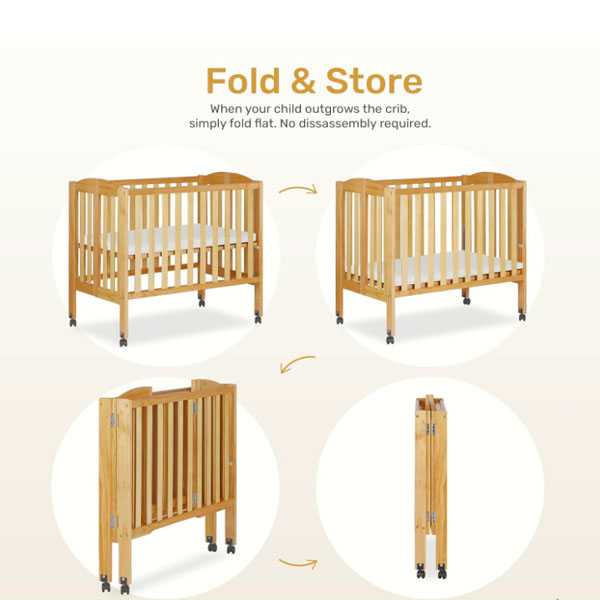
Cost savings
Instead of buying a crib, toddler bed, and full-size frame separately, you get one product that adapts over time. Many parents find this saves hundreds of dollars over 5 years.
Familiar sleep environment
Kids thrive on routine. Keeping the same mattress and frame (even as the setup changes) can make sleep transitions easier. My toddler felt safe switching to a bed that looked just like his crib.
| Benefit | Why It Helps Parents |
|---|---|
| Long-term use | Use from newborn to age 5+ |
| Budget-friendly | Reduces furniture purchases |
| Transitional support | Eases crib-to-bed changes |
| Fewer decisions | One setup that evolves |
Are there downsides to convertible cribs?
They’re not perfect—and may not fit every family’s plans.
Convertible cribs can be bulky, require extra parts, and may not match every room or style once converted.
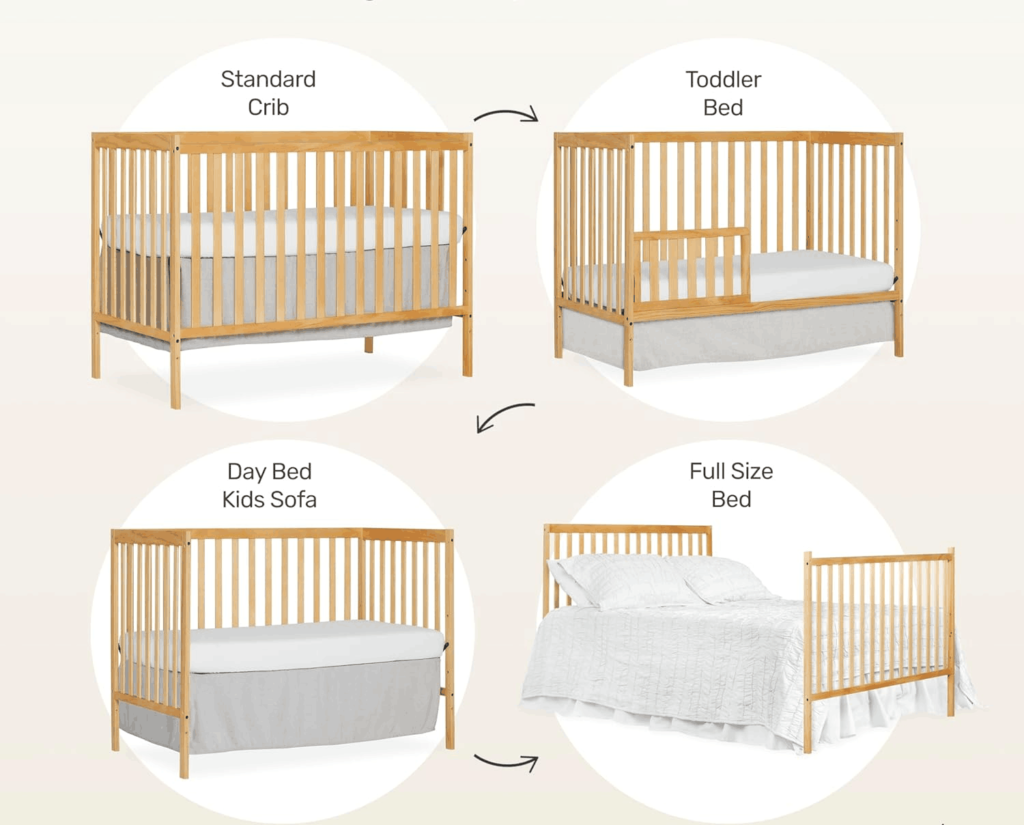
Space and size
Most convertible cribs are larger and heavier than travel or mini cribs. In small nurseries or shared bedrooms, they may feel too big.
Extra purchases
Even though it’s called “4-in-1,” most models don’t include the conversion kits. You’ll need to buy toddler bed rails or full-size bed hardware later.
| Drawback | Impact |
|---|---|
| Bulky design | May not suit small spaces |
| Extra parts needed | Kits often sold separately |
| Style mismatch | Looks may not fit big kid decor |
When we converted ours to a full bed, I found the frame was lower than typical bed heights. Not a dealbreaker, but worth noting.
How long can you use a convertible crib?
One crib can truly grow with your child—if used right.
Convertible cribs can be used from birth to 5 years or longer, depending on how many stages it includes and your child’s size.
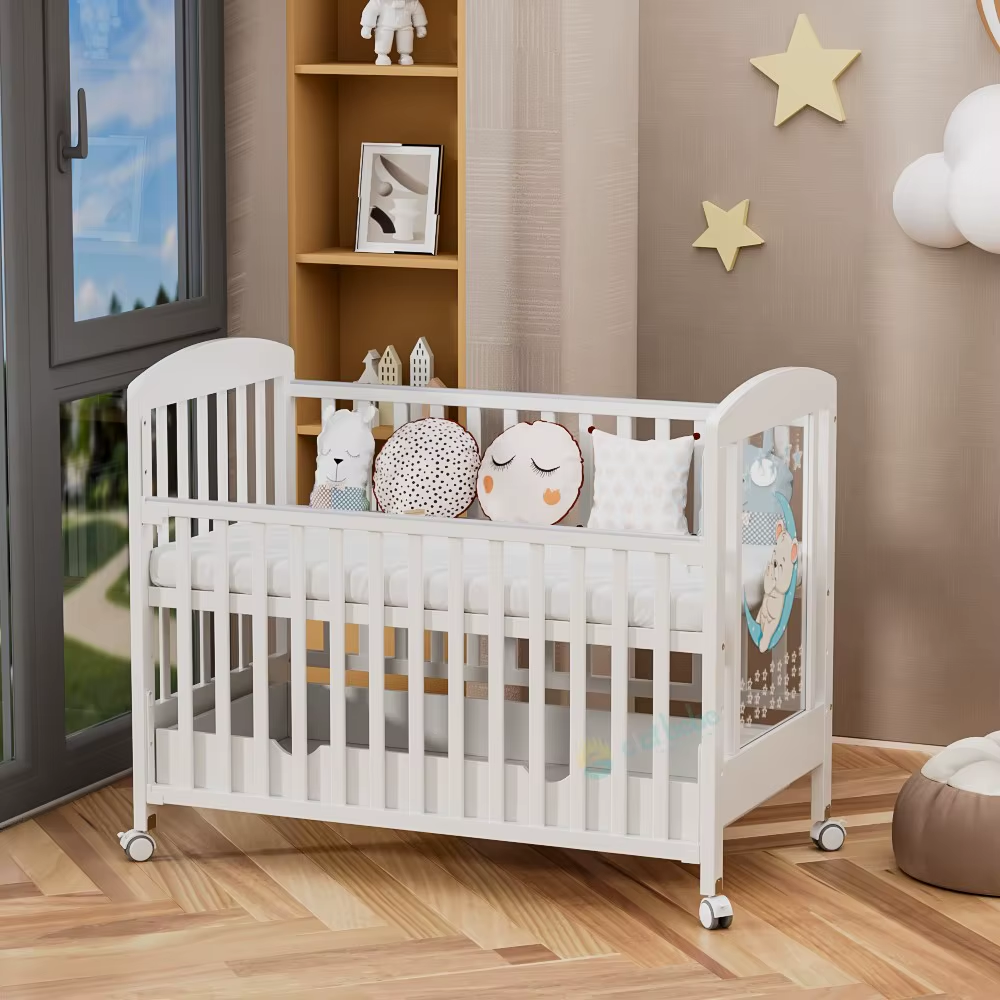
Crib stage
Use from birth to 18–24 months, or until baby begins climbing out or exceeds the height/weight limit.
Toddler/daybed stage
Use from 18 months to around 4 years. Add a guardrail for toddlers; remove it later for a daybed.
Full-size bed stage
Use from 4 years and up—as long as the frame and slats remain sturdy.
I was surprised by how well ours held up through multiple stages. With a quality mattress and frame, it really did serve us for over 5 years.
What should you consider when buying a convertible crib?
Not all cribs are made equal—look closely at details.
Look at conversion options, build quality, safety certifications, and whether the extra parts are included or sold separately.
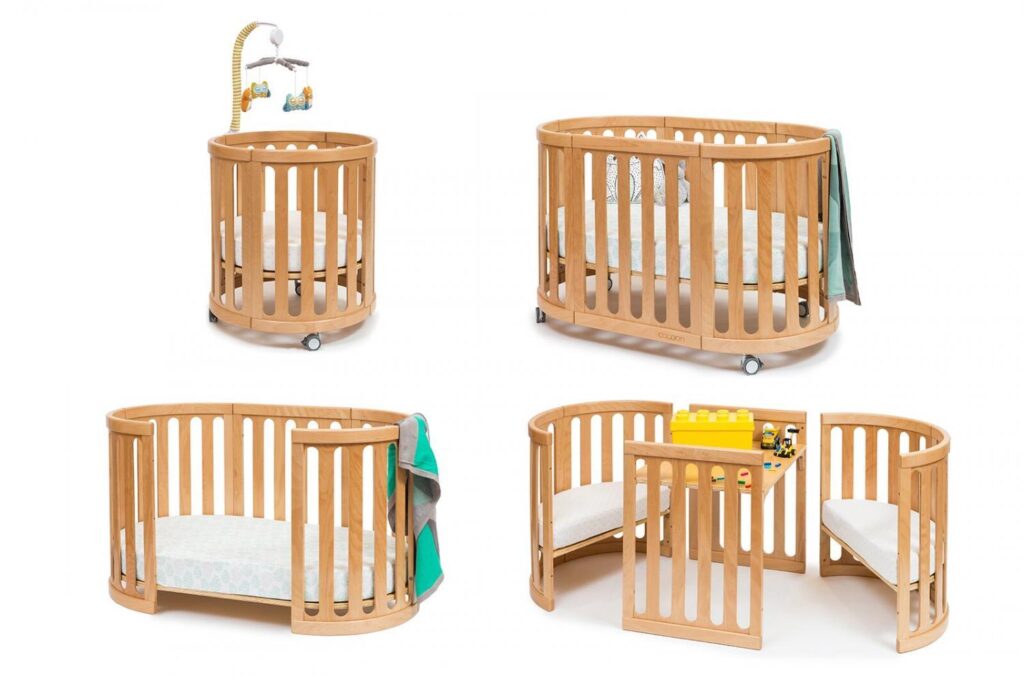
Key buying factors
| Factor | What to Look For |
|---|---|
| Conversion stages | 3-in-1 or 4-in-1 if you want long-term use |
| Included parts | Check if rails or kits are sold separately |
| Material quality | Solid wood frames last longer |
| Safety certifications | ASTM or JPMA certified |
| Mattress fit | Snug, no gaps on all sides |
I made the mistake of assuming everything was included—only to learn we had to buy the toddler rail separately. It wasn’t expensive, but it delayed the transition by a week.
Who is a convertible crib best for?
It’s not essential for every family, but ideal for many.
Convertible cribs are best for parents who want a long-lasting, adaptable crib that grows with their child from baby to early grade school.

Ideal if:
- You want to make one long-term purchase
- You’re planning a nursery from birth to preschool
- You prefer minimal furniture switching
- You like having the same sleep space throughout stages
Not ideal if:
- You move frequently (heavy to transport)
- You plan to co-sleep or room-share long term
- You want a compact or travel-friendly crib
Conclusion
A convertible crib is a smart, flexible choice that grows with your child—offering safety, savings, and simplicity from infancy through the early years.




